Trowel & Rake
TROWELS
Are There Different Types Of Trowels?
Gardeners with experience understand how crucial having the proper tools is. Using the right tool for the job can make a variety of gardening activities simpler and/or more fun, depending on the task. One method for beginning growers to start working smarter, rather than harder, is to become more familiar with the large variety of tools available. A excellent place to start is by learning about the many types of garden trowels.
Variety of Trowels
A trowel is any compact, hand-held implement with a specific blade, in general. Traditional garden trowels, which are used for digging, are already familiar to the majority of gardeners. However, there are a number of other types of trowels that can be used in the garden, each with distinctively designed components that facilitate a variety of activities. Even though you might not feel the need to add these more specialized tools, robust, well-built trowels can end up being a very useful tool over the course of their use in the garden. “What trowel should I use?” is a common question, and it’s understandable given the wealth of information available.
How Should I Use a Trowel?
Long and thin dixter trowels have a blunt end. For getting rid of weeds, these trowels perform wonderfully. They can also be used to delicately separate seedlings for transplanting or remove seedlings from seed starting trays.
Pottings have higher sides and a form that is similar to other garden trowel varieties. It is simple to scoop and move soil, compost, and/or other additions thanks to this design that resembles a cup.
Traditional trowels are among the most popular and are perfect for making holes in raised beds, containers, and even somewhat compacted garden soil.
Transplanting trowels are used for digging, just like conventional trowels. You may introduce transplants into the growing area with ease because to the longer, thinner blade.
Weeding: As its name suggests, this kind of trowel is used to pull weeds. You can move more freely around plants thanks to the narrow blade’s forked tip. Added length makes it possible to pull out weed species with extensive root systems.
Information on gardening tools: What Are the Uses of a Trowel?
A trowel, gloves, and pruners are the gardening tools that I could not survive without, if someone were to ask. I do own a pair of heavy-duty, pricey pruners that I’ve had for a few years, but I also buy a number of cheap pruners at the start of each season because I know I have a tendency to lose them. How many pairs of gloves and pruners I’ve gone through over the years is actually embarrassing. However, the tale of my garden trowel is somewhat different. For the past ten years or so, I’ve used the same beloved garden trowel. One of my most valued items is it. So what exactly is a trowel and why should every gardener own one? For details on garden trowels, keep reading.
Utilizing Garden Trowels
A trowel is a flat implement used in masonry that is used to apply and spread plaster or mortar. But this kind of trowel is not the same as a garden trowel. A garden trowel is a little, portable spade or shovel. Typically, garden trowels have handles made of wood, plastic, or metal with a rubber coating. The shovel portion of a garden trowel can be constructed from a variety of metals or even plastic; the metal blades are occasionally coated or painted.
These small shovels for carrying around come in a variety of sizes, ranging from one to five inches (2.5 to 12.5 cm) across. Although some widths are preferable for particular jobs, the choice of width is a matter of personal preference. Garden trowels can also have blades that are scoop-shaped, flat, or curled.
My favorite garden trowel has a wooden handle and a blade made of stainless steel. These other trowels are all broken and in the garbage now. Non-stainless steel garden trowels have a bad habit of bending, cracking, or rusting. Blades that are painted or coated corrode and chip with time. Additionally, I frequently get issues with trowel handles’ rubber pulling off or degrading. I would acknowledge, though, that even hardwood garden trowel handles can expand or crack if left outside for an extended period of time.
Any garden trowel’s lifespan will be extended with proper cleaning and storing. After each usage, trowel blades need to be cleaned, sterilized, and dried. Similar to pruners, contaminated garden trowels can transfer diseases from one plant to another. Garden trowels should always be kept indoors throughout the winter and should never be left outside at any time of the year. When not in use, hanging up garden trowels is the ideal method of storage. The handle of the majority of garden trowels has a hole for hanging.
When and How to Use a Trowel in the Garden
Depending on the task at hand, a gardening trowel should be used when. With garden trowels, you can dig tiny holes for perennials, annuals, or bulbs. Using a garden trowel to dig a hole for a tree or shrub would be quite time-consuming and labor-intensive.
Weeds can also be removed with garden trowels. A narrow-width blade will perform better in confined, limited spaces while digging out weeds or planting small plants or bulbs. Long taproot weeds respond better to flat trowel blades. For digging up small plants, making holes for perennials, or scooping up soil when potting plants, wider trowel blades and scoop-shaped blades are ideal.
RAKES
Uses For Rakes: Various Types Of Rakes In Gardening
Many people imagine the large plastic or bamboo object used to create leaf piles when they hear the word “rake.” Yes, that type of rake is totally acceptable, but it is by no means the only one or even the most useful one for gardening. Learn more about the various rake types and gardening rake usage advice by reading on.
Rakes of Various Types for Gardening
Rakes come in two very basic varieties:
When you hear the word “rake” and picture falling leaves, the lawn rake or leaf rake is the one that springs to mind first. A cross-shaped piece of material, commonly made of metal, holds the long, fan-shaped tines in place as they extend from the handle. The tines’ edges are curved over at an about 90-degree angle. With no harm to the grass or soil underneath, these rakes are made to collect leaves and other yard waste.
Bow rake is more robust and is sometimes called a garden rake. Its small, wide-set tines, which are typically only 3 inches (7.5 cm) long, are short and wide-set. At a 90-degree angle, they droop downward from the head. These rakes, which are nearly usually metal, are occasionally referred to as iron rakes or level head rakes. For spreading, distributing, and leveling dirt, they are employed.
A Few More Rakes for the Garden
Although there are just two primary varieties of garden rakes, there are additional, less frequent types of rakes that are equally useful. What other use do rakes serve besides those listed above? Let’s investigate.
With the exception of its somewhat lower width, a shrub rake is nearly identical to a leaf rake. To rake up leaves and other debris, it is easier to handle and fits better in tight spaces, including beneath shrubs (thus the name).
A hand rake is a compact, handheld rake that is comparable in size to a trowel. These rakes are similar to small bow rakes and are typically constructed of metal for heavy-duty work. These rakes are ideal for moving soil in a small space because they have only a few long, pointed tines.
Thatch Rake – With blades on either end, this ugly-looking rake resembles a bow rake somewhat. Thick thatch in lawns is broken up and removed with this method.
Information About Bow Rakes: What Is A Bow Rake?
Rakes do not all work the same way. There’s a fair chance that you have a leaf rake if you have a backyard or garden. For scooping up leaves and other yard detritus, this is significant and practical. However, many occupations that list a rake as a need actually mean something entirely else. The bow rake, commonly referred to as the garden rake, is one such rake. Continue reading to find out more about bow rakes, including how to use one and how to use a garden rake.
A bow rake is significantly dissimilar in shape from a standard leaf rake. The short, parallel-spaced tines are only a few inches (8 cm) long, which distinguishes them from the leaf rake’s fan-shaped tines. The long, straight handle and the tines are at an angle. Usually composed of metal, they are rigid and sturdy.
While collecting leaves using a bow rake is not unheard of, heavy duty projects are better suited to it due to the strength and sharpness of the tines. The term “level head rake” refers to the head’s flat side that lies opposite the tines. Bow rakes are durable and practical. This rake ought to be the one you keep in your shed if you can only fit one.
Use of a Bow Rake
There are several typical uses for garden rakes. It works well for springtime grass cleanup. The firm, pointed tines can be used to tear away densely matted, compacted dead turf as well as pick up any debris that may be present.
Additionally, it works incredibly well for moving, grooming, and leveling materials like dirt, mulch, gravel, and compost. The smooth side of the head can be used for more precise leveling tasks while the tines can be used to disperse and break up material.
When To Use A Hand Rake In The Garden: Hand Rakes And Their Uses
Garden hand rakes are available in two basic styles and can help with a variety of gardening activities. The finest type of hand rake to use in each circumstance is described in this article along with when to use one.
A Hand Rake: What Is It?
Hand rakes are miniature versions of the larger rakes you use in your garden and yard and are made to work close to the ground. They are excellent for use in smaller spaces, garden borders, and other locations where a huge rake won’t fit or would harm the plants.
Uses for Hand Rakes
Here are the most popular hand rake varieties, along with information on when and how to use them in gardens.
Garden Hand Rakes
Garden hand rakes feature a short handle and a smaller, trowel-like appearance compared to bow rakes. With their sturdy, powerful tines, they can turn or till the earth. These rakes work particularly well to remove stubborn weeds or smaller stones from a garden bed.
You don’t have to worry about garden hand rakes harming your plants like you would with a huge rake because they can fit into small spaces. The short handle gives you considerably more control, which also makes them perfect for use in flowerpots.
Lawn Hand Rakes
Lawn hand rakes have flexible short-handled tines and are smaller versions of standard lawn or leaf rakes. For clearing out fallen leaves, plant materials, and other detritus from garden beds, they are perfect.
They are ideal for spring garden clean-up because of their diminutive size, which enables them to maneuver around plants without disturbing them while new growth is just starting to poke through the dirt. In lawns where a big rake would not fit or injure the grass, they can also be used to remove small areas of thatch.
Gardening in confined spaces and small gardens can be made more easier and more productive by using a hand rake, which also protects fragile plants from harm. However, they do demand you to go down close to the ground, so be sure to wear knee protection as well!
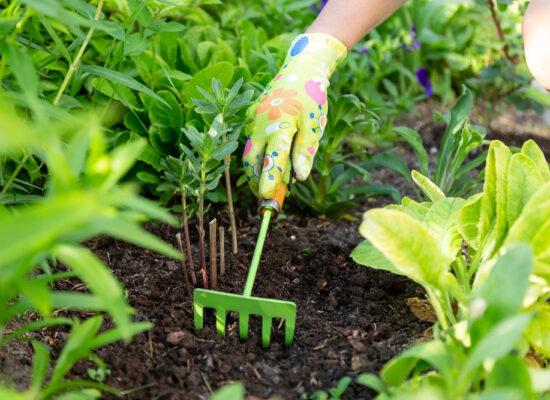
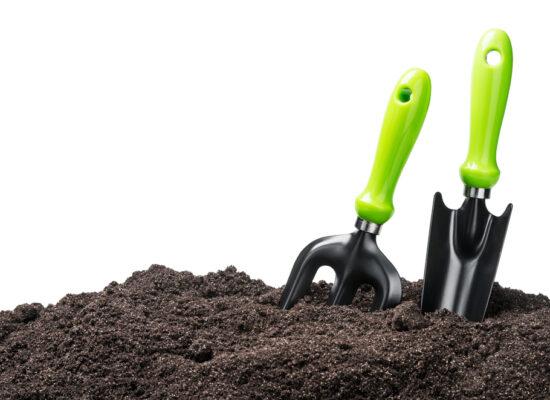
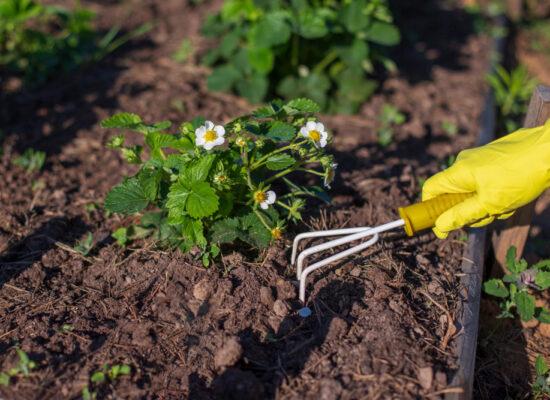
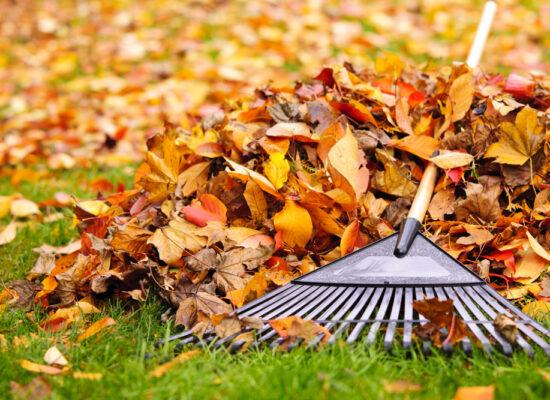
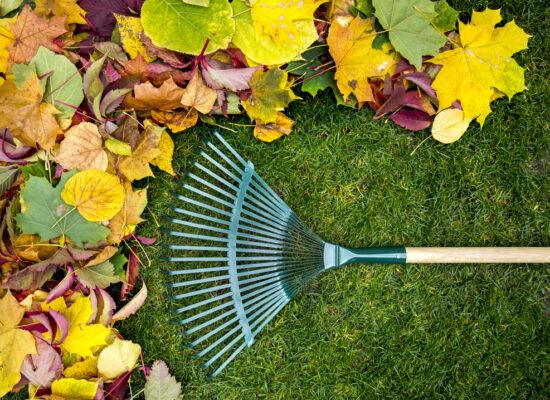
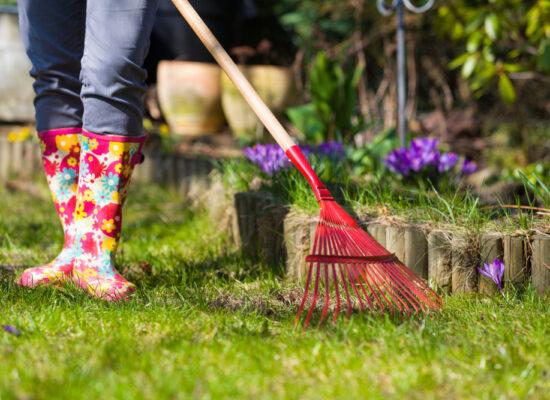
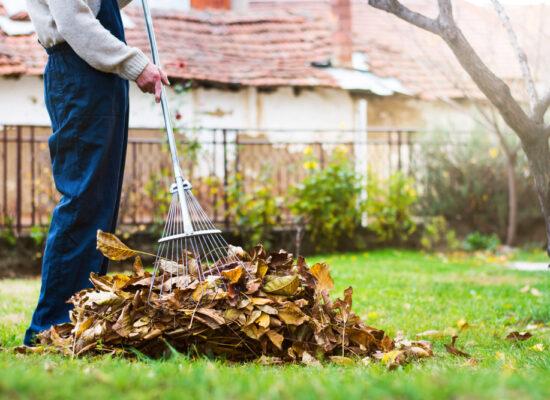
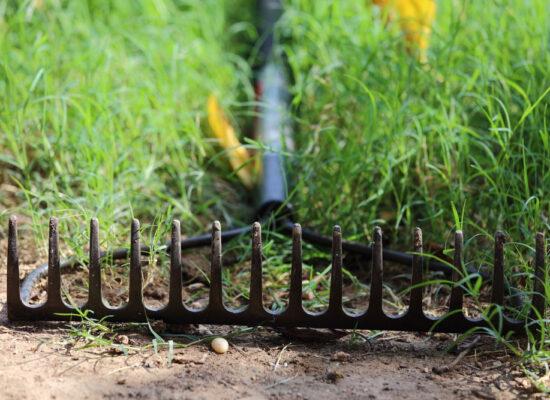
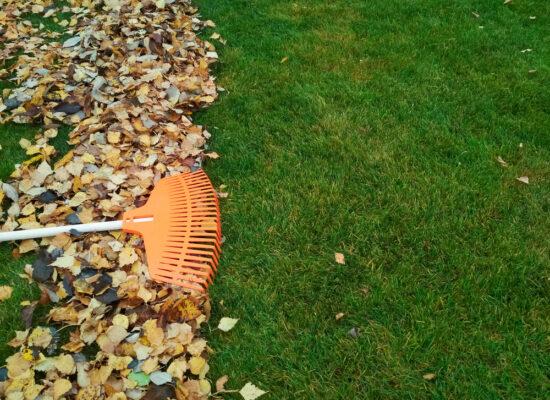
© Arbemu. All rights reserved